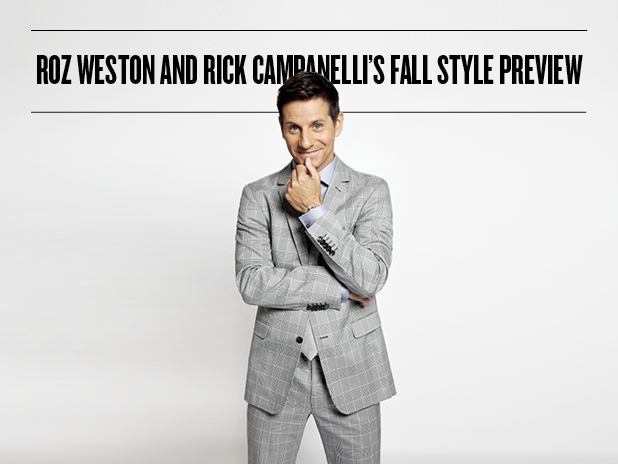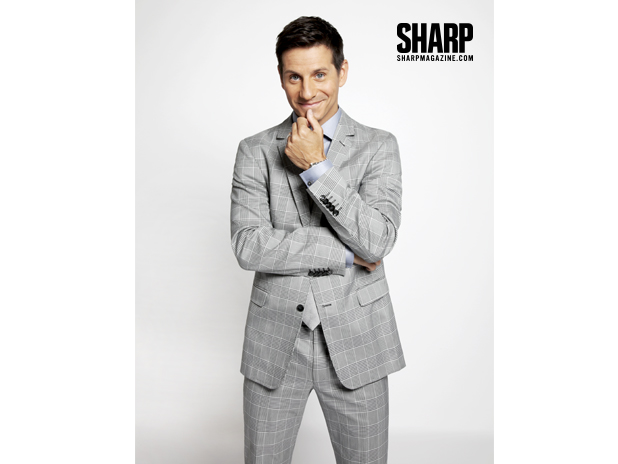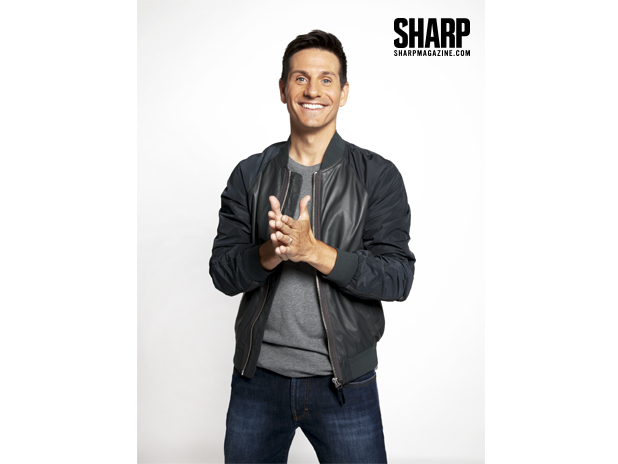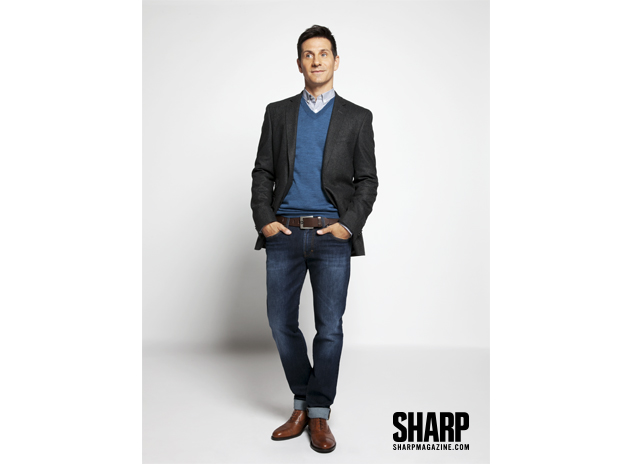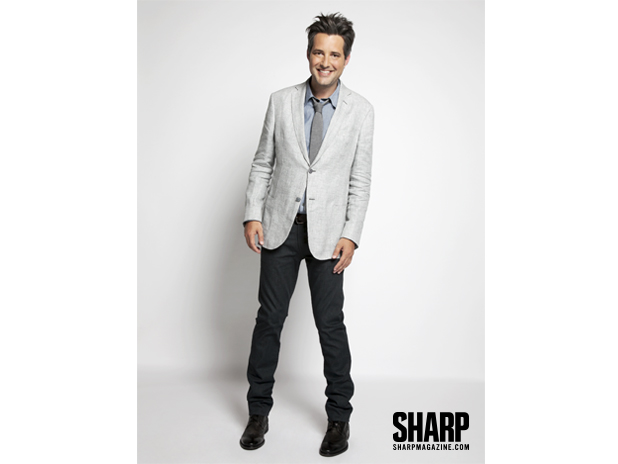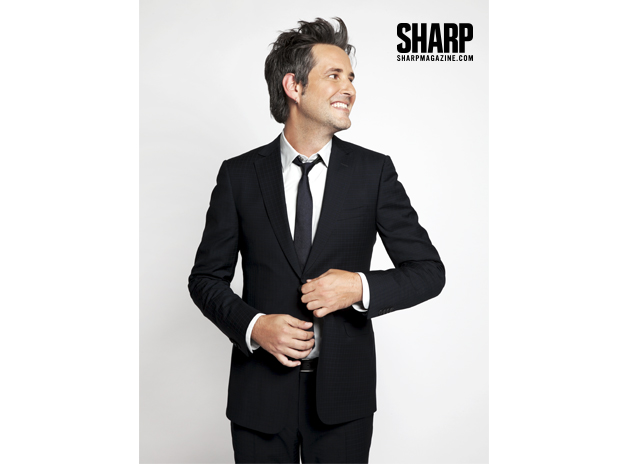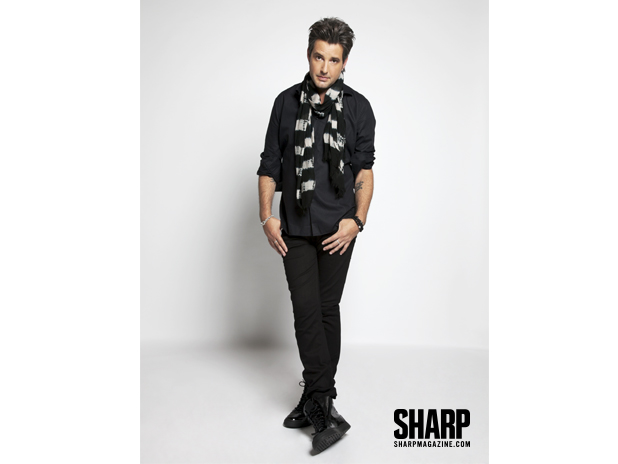Roz Weston and Rick Campanelli’s Fall Style Preview
Red carpet coverage is hardly a new thing. Talking about what a star is wearing has become the norm come any award show or movie premiere. But what rarely gets its own spotlight is the reporter at the front lines of entertainment reporting. As the show heads into its tenth season this September, we caught up with Entertainment Tonight Canada hosts Rick Campanelli and Roz Weston and talked style, the evolution of Hollywood reporting and one very hung-over James Franco.
